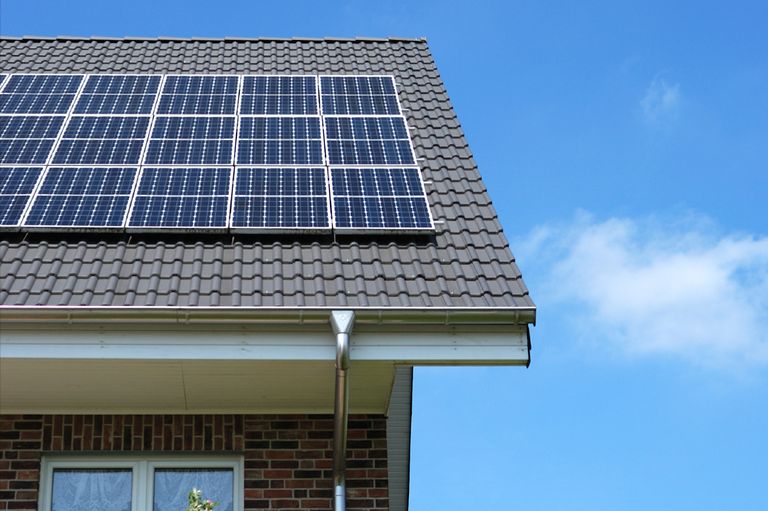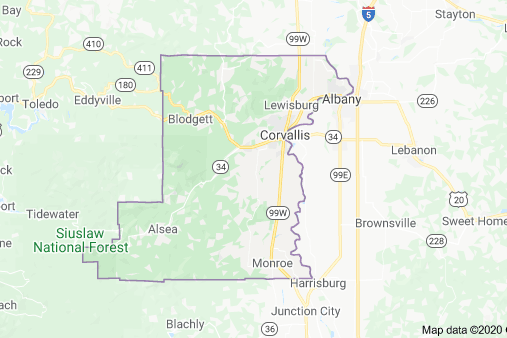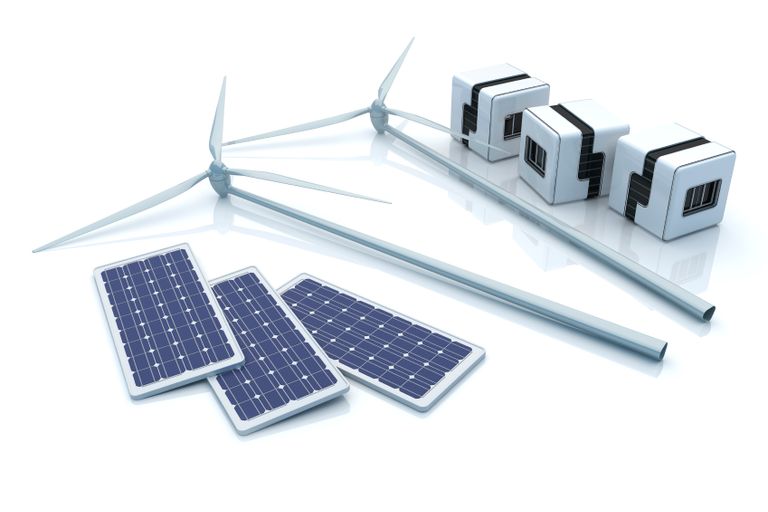Carbon offsets, taking action, and RECs

Carbon offset
A carbon offset is an amount of greenhouse gas that was prevented from being released or was removed from the air. A true offset must exceed what normally would have occurred. Units are typically stated as metric tons of carbon dioxide (CO2), but occasionally it appears in US tons, pounds, or kilograms.
While there are many actions you could take to limit atmospheric CO2, carbon offsets may be used to counter any greenhouse gas emissions. Offsets are particularly useful for counteracting CO2 due to unavoidable actions and items, such as food preparation or clothes washing.

A local carbon offset fund
Distinct advantages of the CCOF over dozens of other carbon offset funds include:
- $ remain in our local area.
- Donations are tax-deductible.
- Beneficiaries are reputable local organizations screened and selected by the CCOF Steering Committee.
- Carbon offsetting activities are locally observable.
- Local air and watershed quality are preserved.
- Community opportunities to tour, participate, and learn are available.
- Pricing of CCOF carbon offsets is comprehensive. Other offset funds may only quote operating cost and exclude site preparation, setup, equipment, materials, and installation.
- Offsets aid the City in addressing goals of the Corvallis Climate Action Plan.

Take action
Let's determine your carbon footprint. This is an estimate of the net amount of greenhouse gas you create. Suggested carbon footprint calculators are on the next page.
The average US carbon footprint is 16 tons of CO2 per person per year. That's one of the highest rates in the world. The global average is closer to 4 tons.
Individual carbon footprints need to average less than 2 tons per person by 2050 to avoid a hazardous 2°C (3.6°F) rise in our climate temperature.

RECs and carbon offsets
The common usage of renewable energy credits (RECs) and carbon offsets confusingly overlap each other. Both could be used to diminish your carbon footprint.
RECs are generated by energy production and are typically traded on market platforms. RECs can be reserved for use against future carbon emissions to meet a particular energy generation standard. The price of RECs is subject to demand and supply influences. Pacific Power's Blue Sky program is based on RECs.
Carbon offsets allow a consumer to claim reduced or avoided greenhouse gas emissions. True carbon offsets require additionality. That means an offset must surpasses the carbon emission reduction or sequestration that would have normally occurred.
The CCOF does not trade its carbon offsets to avoid extraneous market pressures and to maintain the charitable non-profit status of your donations.
